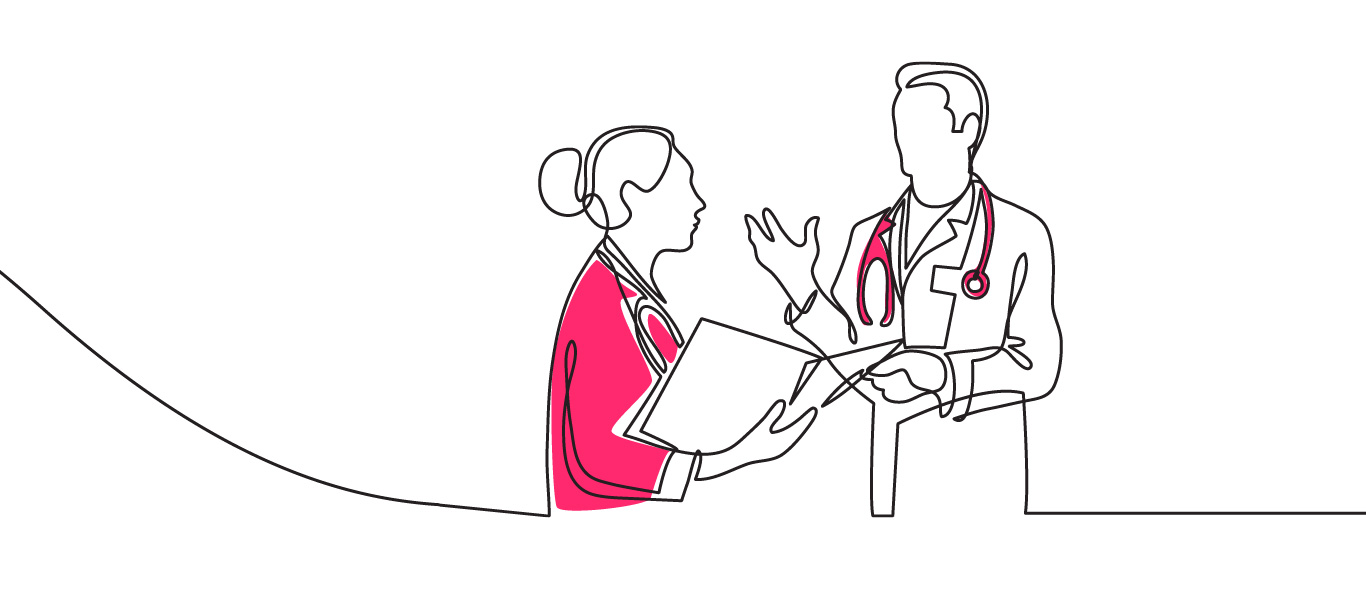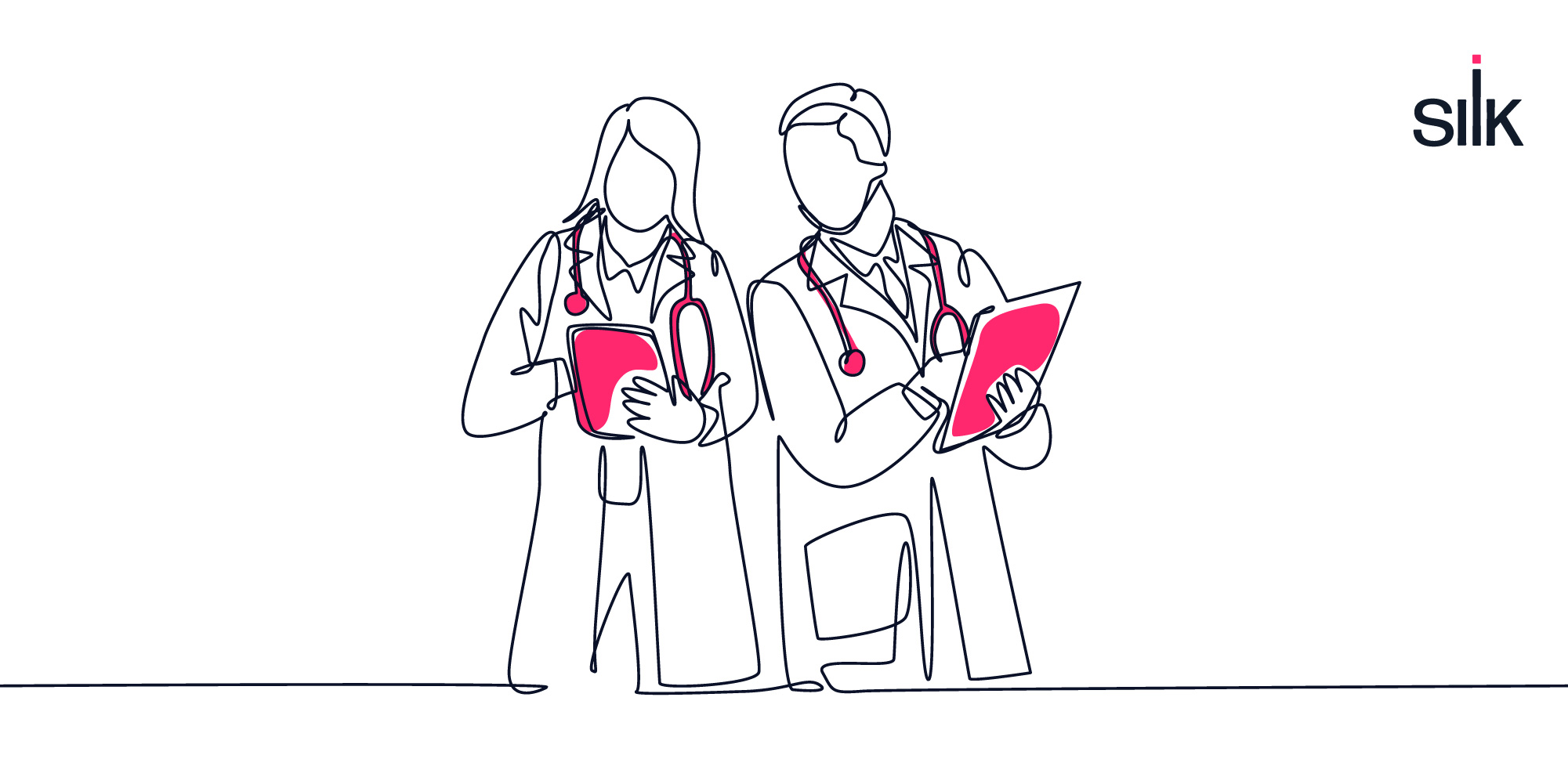In today’s digital age, the question isn’t if your healthcare data will be compromised, but when. The sheer volume of sensitive information shared with healthcare providers is staggering, and the frequency of data breaches is alarming. With a reported 134 million patients affected by data breaches in 2023 alone, it’s clear that the security of our personal health information is under constant threat.
The Rise of Healthcare Data Breaches
Cybercriminals have turned healthcare data into a lucrative target. The personal information collected by healthcare providers—ranging from social security numbers to detailed medical histories—is highly valuable. In recent years, the frequency of breaches has skyrocketed, increasing by 141% since 2022. These numbers aren’t just statistics; they represent real people whose privacy has been compromised.
One of the most striking examples is the Kaiser Permanente breach, which exposed the data of over 12 million patients. But Kaiser is far from alone. Other significant breaches in 2024 include:
- TriCare: 5 million patients affected due to unencrypted backups.
- Community Health Systems: 4.5 million patients affected by a test system breach.
- Advocate Health Care: 4 million records stolen from unprotected personal computers.
- Newkirk Products: 3.8 million patients’ data compromised via a test server breach.
- Trinity Health: Ransomware attack exposing unmasked subsets of data.
These incidents highlight a worrying trend: the systems designed to protect our most sensitive information are failing.
The Consequences of Compromised Data
When healthcare data is compromised, the risks go beyond identity theft. Cybercriminals can use this information to create sophisticated profiles, mimic individuals using AI, and even exploit personal details for social engineering attacks. The potential for misuse is vast, and the impact on affected individuals can be devastating.
Furthermore, as healthcare systems increasingly rely on interconnected digital platforms, the likelihood of data being shared across multiple providers grows. This interconnectedness, while beneficial for patient care, also amplifies the risk of widespread breaches. If one provider’s system is compromised, the breach can quickly spread to others.
The Role of Data Masking in Healthcare Security
Given the severity of these threats, healthcare providers must adopt robust data protection strategies. One such strategy is data masking—a process that anonymizes data to protect its true content. Unlike encryption, which can be undone with the right key, data masking is irreversible, ensuring that even if data is accessed, it cannot be used maliciously.
Data masking is particularly useful in non-production environments, such as development and testing, where real data is often used. By masking data, healthcare providers can protect sensitive information while still allowing their teams to perform essential tasks like software testing and development.
For example, when developers need to work with patient data, they don’t need to see actual social security numbers or detailed medical records. With data masking, the referential integrity of the data remains intact, but the sensitive details are hidden. This approach not only protects the data but also allows for safer and more efficient innovation.
The Benefits of Data Masking
The benefits of data masking in healthcare are clear:
- Enhanced Security: Masked data is useless to hackers, reducing the risk of it being exploited.
- Compliance: Data masking helps healthcare providers meet stringent regulatory requirements, such as HIPAA, by ensuring that sensitive data is protected.
- Innovation Enablement: By safely anonymizing data, organizations can open their data sets to more extensive testing and development, accelerating the delivery of new features and services without compromising security.
- Cost Efficiency: Protecting data with masking can be more cost-effective than other security measures, particularly in environments where data needs to be frequently accessed and used.
Integrating AI with Secure Data Management
Another use case for data masking: Artificial Intelligence (AI). As organizations increasingly leverage AI and machine learning, there’s a growing concern about data security, particularly when handling sensitive information like Personally Identifiable Information (PII) or Protected Health Information (PHI). The concept of data poisoning—where corrupted data could skew AI models—is a significant issue. To mitigate this risk, it’s essential to isolate and mask sensitive data before it’s used in AI development. This ensures that AI models aren’t inadvertently compromised by sensitive data, making them less vulnerable to breaches.
Sentara Health, like many other organizations, is continuing to explore AI capabilities. The team often wonders: should we build our own AI models, or leverage existing AI tools? Regardless of the path chosen, the protection of sensitive data remains paramount. This is where data masking comes into play. By masking PII and PHI, Sentara can explore AI and machine learning opportunities without the associated risks.
By utilizing Silk’s software-defined cloud storage, Sentara can quickly provision data copies for AI without impacting production systems or network performance. This capability allows them to handle massive datasets efficiently, enabling AI and analytics at scale.
Sentara’s journey also emphasizes the importance of performance optimization and cost efficiency. For example, by using Silk, they can reduce the time it takes to perform data masking, turning what could be a lengthy process into one that takes less than an hour. This not only speeds up the development process but also reduces costs significantly, making it more feasible to refresh masked datasets frequently.
By using Silk for instant extracts of production data and Redgate for data masking, Sentara can automate the data masking process, reducing the need for manual intervention and enabling more frequent updates to masked datasets. This, in turn, supports the development of AI models that can operate on up-to-date, secure data.
Sentara’s use of data masking of instant extracts is a powerful example of how organizations can protect sensitive data while still enabling innovation. By masking data, developers can work on production-equivalent datasets without the risk of exposing sensitive information. This is crucial in healthcare, where the stakes are incredibly high. As organizations strive to balance innovation with security, the integration of AI with secure data management becomes more of a necessity than ever.
The future of data management, especially in highly regulated industries like healthcare, will likely involve more such integrations. By leveraging tools like Silk’s software-defined cloud storage and Redgate’s data masking solutions, organizations can create secure, efficient, and scalable AI environments. This not only protects the data but also empowers organizations to harness the full potential of AI, driving innovation while maintaining strict security standards.
A Shared Responsibility
The threat of healthcare data breaches is a reality that we must all contend with. While healthcare providers are working to strengthen their defenses, patients also need to be aware of the risks and take steps to protect their own data.
Data masking is one powerful tool in the fight against cyber threats, but it’s just one piece of a larger puzzle. A comprehensive approach to data security—one that includes encryption, secure access controls, and constant vigilance—is essential. Only by working together can we hope to safeguard our personal health information against the ever-evolving landscape of cybercrime.
Interested in Learning More?
Check out this great conversation between Silk’s Kellyn Gorman and Cloudgainz’s Mark Cooper for more information on how data masking can protect patient data in the healthcare industry.
I Gotta See This



